Nutrient Management
About Nutrient Management
-
Introduction
-
Role of Nutrient
-
Nutrient Application
-
Organic Manure
-
Nutritional Disorder
-
Integrated Nutrient Management
-
Fertilizer Requirements
Introduction
Introduction
Role of Nutrient
Nutrient Application
Organic Manure
Nutritional Disorder
Integrated Nutrient Management
Fertilizer Requirements
|
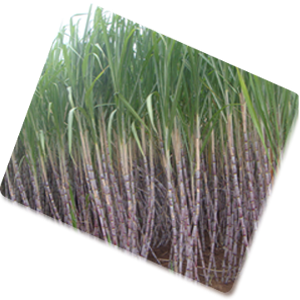 |
Role of Nutrient
Plants require 16 essential nutrient elements. Carbon, hydrogen, and oxygen are derived from the atmosphere and soil water. The remaining 13 essential elements (nitrogen, phosphorus, potassium, calcium, magnesium, sulfur, iron, zinc, manganese, copper, boron, molybdenum, and chlorine) are supplied either from soil minerals and soil organic matter or by organic or inorganic fertilizers. These nutrients are essential for proper crop development. Each is equally important to the plant. |
Major Nutrient
Nitrogen
|
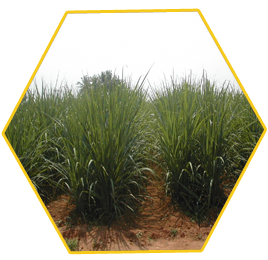 |
Phosphorus
|
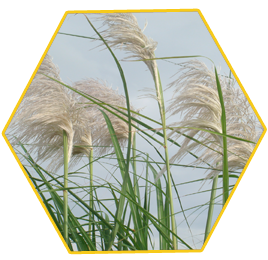 |
Potassium
|
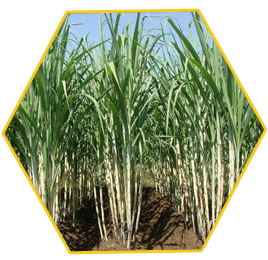 |
Minor Nutrients
Sulphur:
|
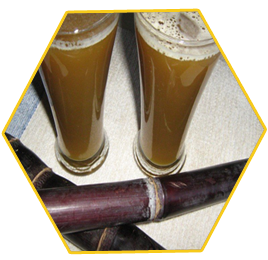 |
Zinc:
|
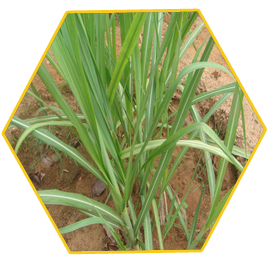 |
Manganese:
|
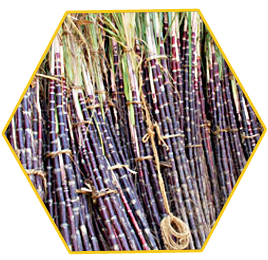 |
Boron:
|
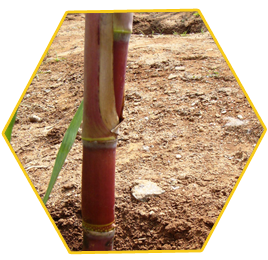 |
Magnesium:
|
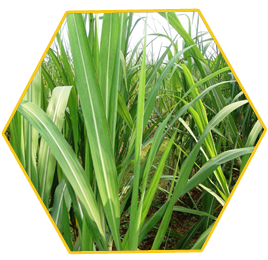 |
Copper:
|
 |
Nutrient Application
Basal application
Basal application of organic manures: |
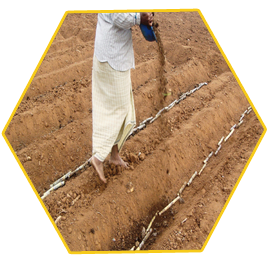 |
Basal Application of Fertilizer
|
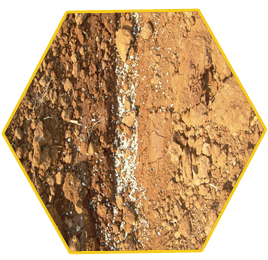 |
Top Dressing with Fertilizers
Soil application
|
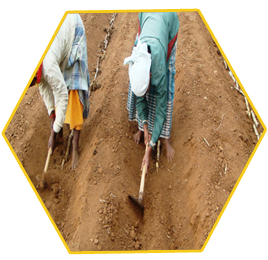 |
Foliar application
|
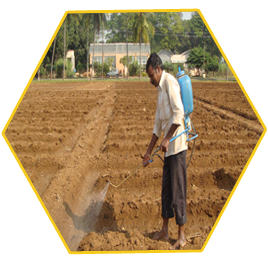 |
For Nitrogen Saving
Neem Cake Blended Urea: Apply 67.5 kg of N/ha + 27.5 kg of Neem Cake at 30 days and repeat on 60th and 90th days. |
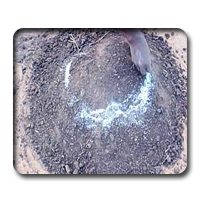 |
Azospirillum: Mix 12 packets (2400 g)/ha of Azospirillum inoculant or TNAU Biofert –1 with 25 kg of FYM and 25 kg soil and apply near the clumps on 30th day of planting. Repeat the same on 60th day with another 12 packets (2400 gm). Repeat the above on the other side of the crop row on the 90th day (for lift irrigated belt). |
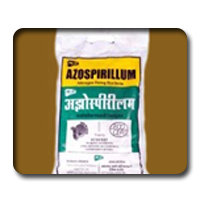 |
Band placement: Open deep furrows of 15 cm depth with hand hoes and place the fertilisers in the form of band and cover it properly. |
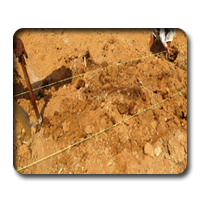 |
Subsurface application: Application of 255 kg of Nitrogen in the form of urea along with potash at 15 cm depth by the side of the cane clump will result in the saving of 20 kg N/ha without any yield reduction. |
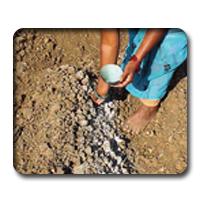 |
Common Micronutrient mixture : To provide all micronutrients to sugarcane, 50 kg /ha of micronutrient mixture containing 20 kg Ferrous sulphate,10 kg Manganese sulphate, 10 kg Zinc sulphate, 5 kg of Copper sulphate, 5 kg of Borax mixed with 100 kg of well decomposed FYM, can be recommended as soil application prior to planting. |
Organic manure
Farm yard manure:
|
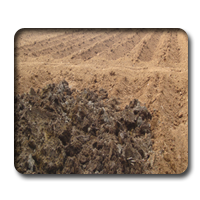 |
Green manure:
|
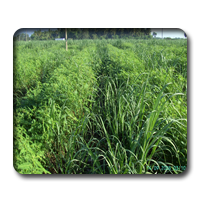 |
Press Mud:
|
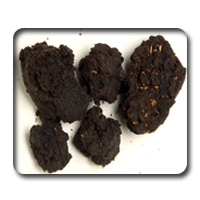 |
Reinforced compost from sugarcane trash and press mud: |
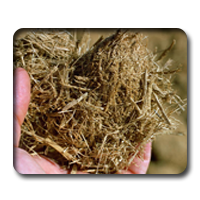 |
Bio fertilizer:
|
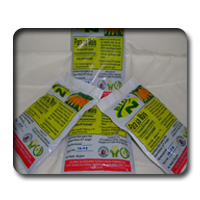 |
Neem cake:
|
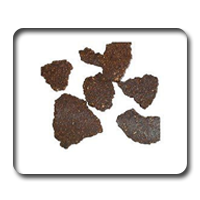 |
Nutritional disorders
Nitrogen:
|
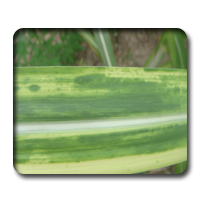 |
Management: |
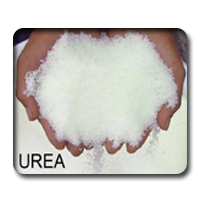 |
Phosphorus:
|
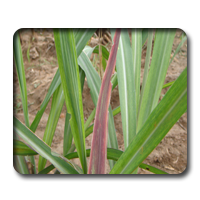 |
Management: |
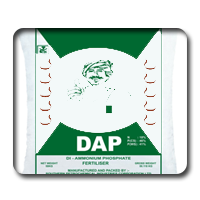 |
Potassium:
|
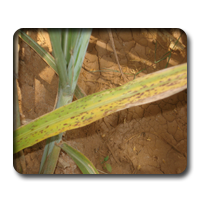 |
Management: |
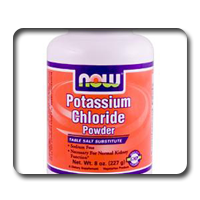 |
Zinc:
|
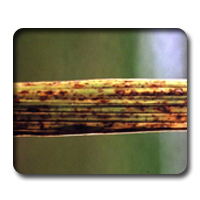 |
Mangement: |
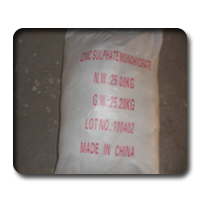 |
Iron:
|
Management: |
Calcium:
|
Management: |
Magnesium:
|
Management: |
Sulphur:
|
Management: |
Molybdenum:
|
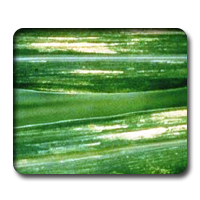 |
Management: |
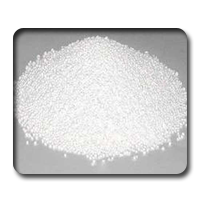 |
INTEGRATED NUTRIENT MANAGEMENT
|
Fertilizer Requirements
Tamil Nadu:
Sugarcane – plant crop (meant for sugar mills)
275: 62.5: 112.5 kg N, P2O5 and K2O per ha
Recommendation for Plant crop |
Blanket Recommendation(Kg/ha) |
Straight Fertilizer(Kg/ha) |
||||
|
N |
P |
K |
Urea |
Super phosphate |
Muriate of potash |
Basal |
- |
62.5 |
- |
- |
390 |
- |
30-45 days |
90 |
- |
37.5 |
200 |
- |
62.5 |
75-90 days |
92.5 |
- |
37.5 |
205 |
- |
62.5 |
120-135 days after Planting |
92.5 |
- |
37.5 |
205 |
- |
62.5 |
Total |
275 |
62.5 |
112.5 |
610 |
390 |
187.5 |
Apply FYM at 12.5 t/ha or compost 25 t/ha or filter press mud at 37.5 t/ha before the last ploughing under gardenland conditions.
Sugarcane – Ratoon crop (meant for sugar mills)
275 + 25% extra N: 62.5: 112.5 kg N, P2O5 and K2O per ha
Recommendation for Ratoon crop |
Blanket Recommendation(Kg/ha) |
Straight Fertilizer(Kg/ha) |
||||
|
N |
P |
K |
Urea |
Super phosphate |
Muriate of potash |
Basal |
68.5 |
62.5 |
- |
148 |
390 |
- |
30-45 days |
90 |
- |
37.5 |
200 |
- |
62.5 |
75-90 days |
92.5 |
- |
37.5 |
205 |
- |
62.5 |
120-135 days after ratooning |
92.5 |
- |
37.5 |
205 |
- |
62.5 |
Total |
343.5 |
62.5 |
112.5 |
758 |
390 |
187.5 |
Sugarcane for jaggery manufacture (plant as well as ratoon crop)
225: 62.5: 112.5 kg N, P2O5 and K2O per ha
Recommendation for jaggery manufacture |
Blanket Recommendation(Kg/ha) |
Straight Fertilizer(Kg/ha) |
||||
|
N |
P |
K |
Urea |
Super phosphate |
Muriate of potash |
Basal |
- |
62.5 |
- |
- |
390 |
- |
30-45 days |
75 |
- |
37.5 |
162 |
- |
62.5 |
75-90 days |
75 |
- |
37.5 |
162 |
- |
62.5 |
120-135 DAP or DAR |
75 |
- |
37.5 |
162 |
- |
62.5 |
Total |
225 |
62.5 |
112.5 |
486 |
390 |
187.5 |
Fertilizer Requirement for Sugarcane – KERALA
Pandalam and Thiruvalla areas:
165: 82.5: 82.5 kg N, P2O5 and K2O per ha
Recommendation for Pandalam and Thiruvalla areas |
Blanket Recommendation(Kg/ha) |
Straight Fertilizer(Kg/ha) |
||||
|
N |
P |
K |
Urea |
Super phosphate |
Muriate of potash |
Basal |
- |
82.5 |
- |
- |
515 |
- |
45 days |
82.5 |
- |
41.5 |
179 |
- |
69 |
90 days |
82.5 |
- |
41 |
179 |
- |
68 |
Total |
165 |
82.5 |
82.5 |
358 |
515 |
137 |
Apply compost or cattle manure, 10 t/ha or press mud 5 t/ha or dolomite 500 kg/ha or calcium carbonate 750 kg/ha.
Apply N and K2O in two split doses, the first 45 days after planting and the second 90 days after planting along with earthing up. Do not apply N beyond 100 days after planting. Apply entire dose of phosphorus as basal dressing.
Chittoor area
225: 75: 75 kg N, P2O5 and K2O per ha
Recommendation for Chittoor area |
Blanket Recommendation(Kg/ha) |
Straight Fertilizer(Kg/ha) |
||||
|
N |
P |
K |
Urea |
Super phosphate |
Muriate of potash |
Basal |
- |
75 |
- |
- |
468 |
- |
45 days |
112.5 |
- |
37.5 |
244 |
- |
62 |
90 days |
112.5 |
- |
37.5 |
244 |
- |
62 |
Total |
225 |
75 |
75 |
488 |
468 |
124 |
Newly cleared forest areas:
115: 75: 90 kg N, P2O5 and K2O per ha
Recommendation for Newly cleared forest areas |
Blanket Recommendation(Kg/ha) |
Straight Fertilizer(Kg/ha) |
||||
|
N |
P |
K |
Urea |
Super phosphate |
Muriate of potash |
Basal |
- |
75 |
- |
- |
468 |
- |
45 days |
57.5 |
- |
45 |
124 |
- |
74 |
90 days |
57.5 |
- |
45 |
124 |
- |
74 |
Total |
115 |
75 |
90 |
248 |
468 |
148 |
Fertilizer Requirement for Sugarcane – KARNATAKA
Recommended dose of fertilizer i) 250 : 75 :150 kg/ha(Plant crop)
ii) 315 : 75 : 190 kg/ha(Ratoon).
Recommendation for Plant crop |
Blanket Recommendation(Kg/ha) |
Straight Fertilizer(Kg/ha) |
||||
|
N |
P |
K |
Urea |
Super phosphate |
Muriate of potash |
Basal |
- |
75 |
- |
- |
468 |
- |
60 days |
125 |
- |
75 |
271 |
- |
124.5 |
90 days |
125 |
- |
75 |
271 |
- |
124.5 |
Total |
250 |
75 |
150 |
542 |
468 |
249 |
Recommendation for Ratoon crop |
Blanket Recommendation(Kg/ha) |
Straight Fertilizer(Kg/ha) |
||||
|
N |
P |
K |
Urea |
Super phosphate |
Muriate of potash |
Basal |
- |
75 |
- |
- |
468 |
- |
60 days |
157.5 |
- |
95 |
341 |
- |
157 |
90 days |
157.5 |
- |
95 |
341 |
- |
157 |
Total |
315 |
75 |
190 |
682 |
468 |
314 |
Other fertilizers
10:26:26 complex, Urea and Muriate of potash recommended dose in kg/ha
Fertilizers |
Before planting |
45th day |
90th day |
10:26:26 complex |
250 |
- |
- |
urea |
- |
280 |
280 |
Muriate of potash |
- |
50 |
50 |
17:17:17 complex, Urea and Muriate of potash recommended dose in kg/ha
Fertilizers |
Before planting |
45th day |
90th day |
17:17:17 complex |
375 |
- |
- |
urea |
- |
235 |
235 |
Muriate of potash |
- |
50 |
50 |
DAP, Urea and Muriate of potash recommended dose in kg/ha
Fertilizers |
Before planting |
45th day |
90th day |
DAP |
135 |
- |
- |
urea |
- |
280 |
280 |
Muriate of potash |
- |
100 |
100 |
20:20 complex, Urea and Muriate of potash recommended dose in kg/ha
Fertilizers |
Before planting |
45th day |
90th day |
20:20 complex |
315 |
- |
- |
urea |
- |
240 |
240 |
Muriate of potash |
- |
100 |
100 |

